The War That Paused—But Didn’t End: Israel, Iran, and What Comes Next
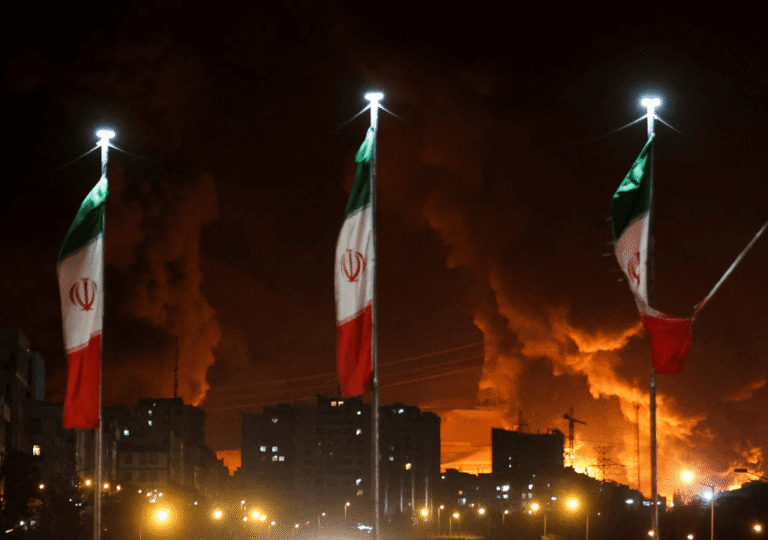
Explore the aftermath of the Israel–Iran war, its regional consequences, and the rising tensions that could lead to renewed conflict. Is a second round on the horizon?

Explore the aftermath of the Israel–Iran war, its regional consequences, and the rising tensions that could lead to renewed conflict. Is a second round on the horizon?
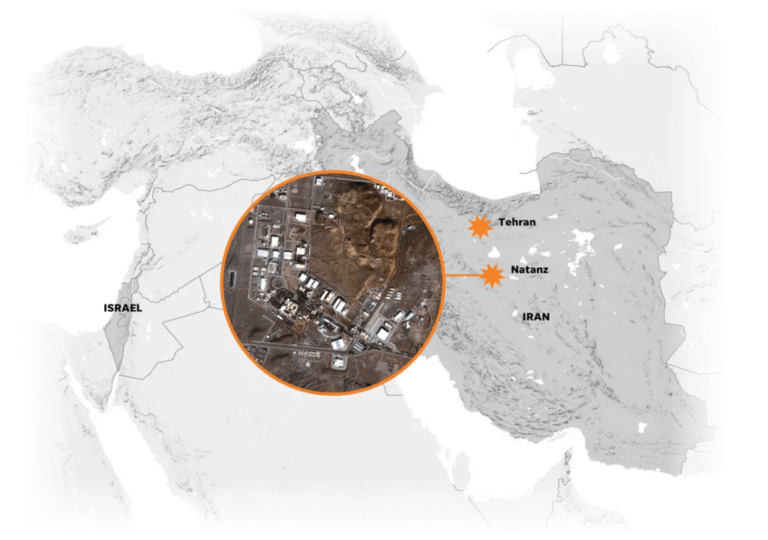
Tensions between Israel and Iran have reached a critical point after recent airstrikes and threats of retaliation. Is a full-scale war inevitable? Explore the unfolding conflict and what may come next.
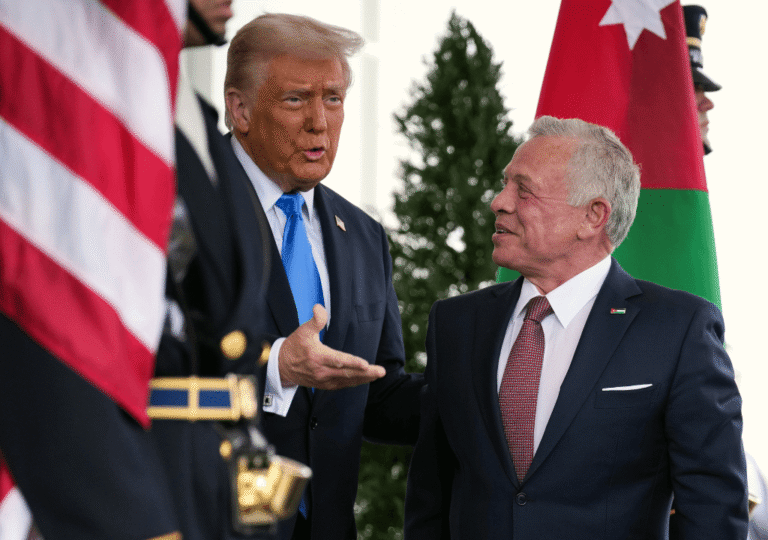
Trump’s and Arab counterplans for Gaza are no longer relevant as Israel moves forward with its decision to seize the territory. Discover the shifting dynamics of Gaza's future.
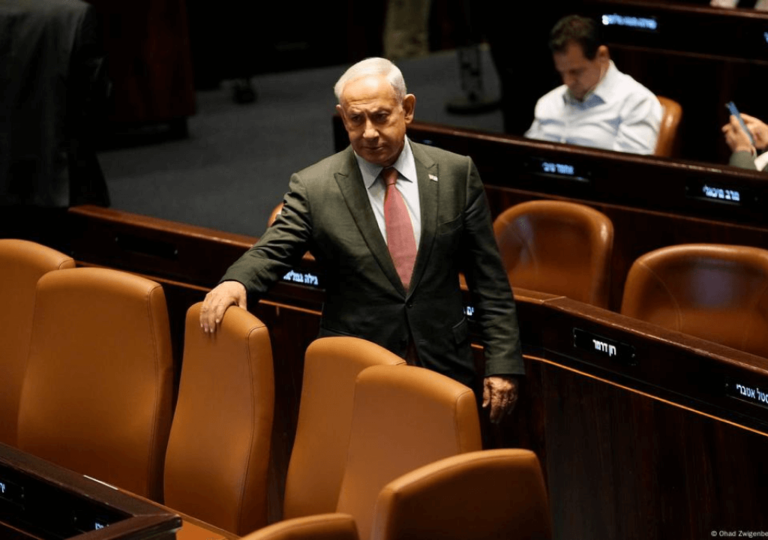
Israel's Knesset has passed a law to increase political control over the judiciary, drawing protests and marking a significant shift in the balance of power.

Gazans are fed up with the misery caused by Hamas and have begun protesting against the group. Demonstrations have erupted in northern Gaza over the past week.
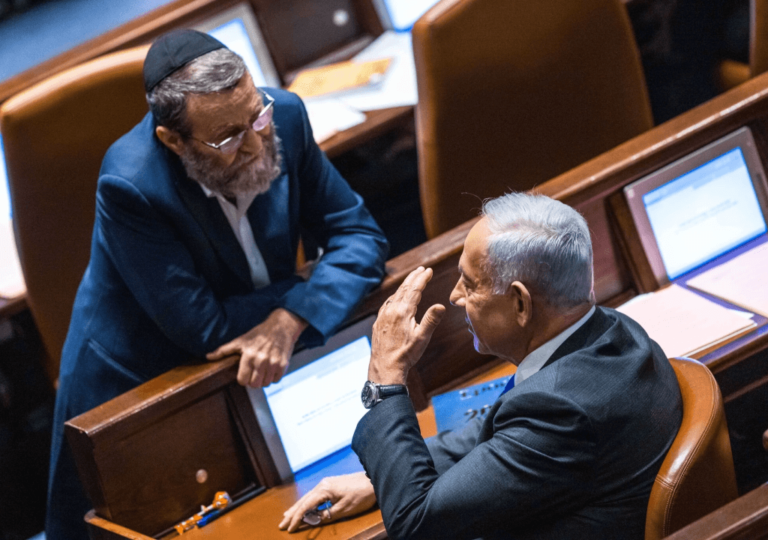
Israel is embroiled in a deepening political crisis as legal battles and courtroom fights intensify, testing the government’s stability and sparking nationwide debate.

Israel breaks the truce, escalating demands for hostage release. Is Netanyahu acting to rescue captives or to secure his political future?
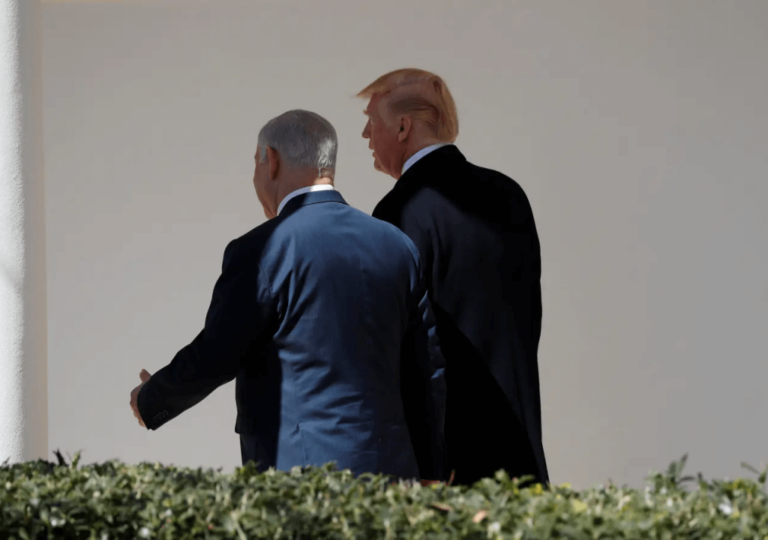
With Netanyahu’s support, is Trump’s plan more likely to succeed, or will it face the same political and legal hurdles?

Donald Trump announces plans to take control of Gaza from Israel, aiming to clear out the current population and launch a high-value real estate project
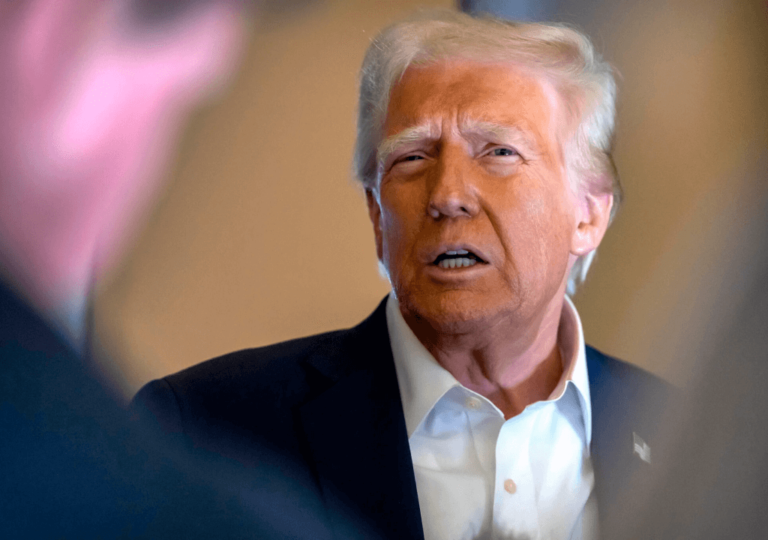
Is Trump’s call for Gazans to “Leave for a Better Life” a strategic policy or mere rhetoric?